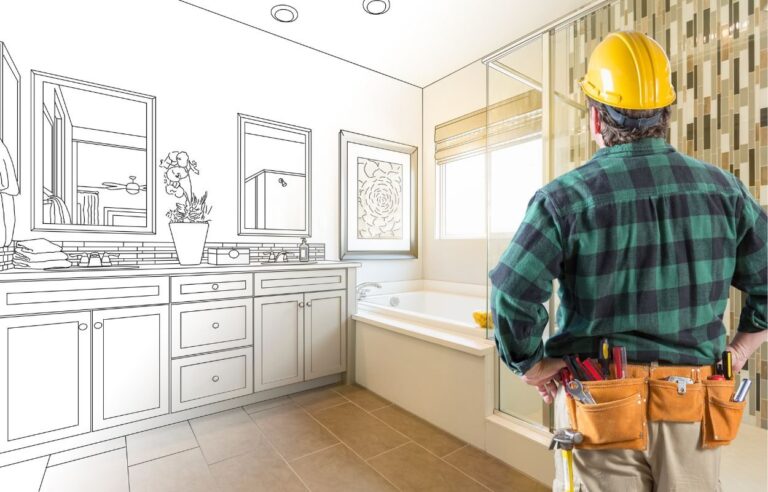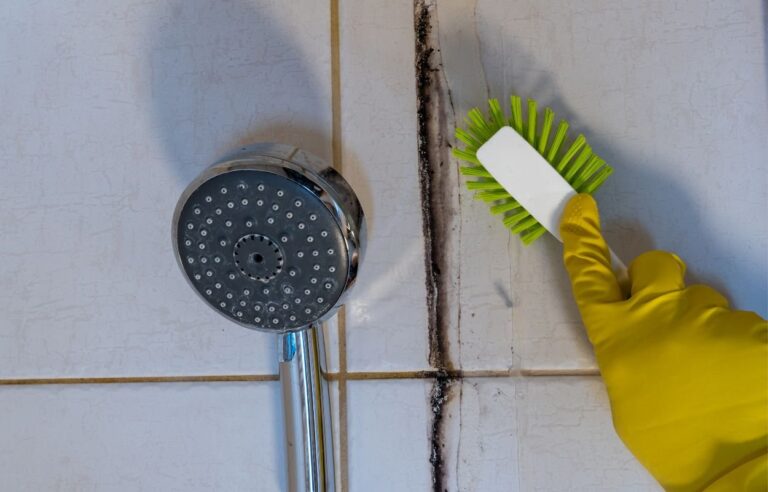Cumberland, a historic village nestled in the heart of Vancouver Island, is known for its rich history, stunning landscapes, and strong community spirit. As the area continues to develop, there’s a growing emphasis on sustainable building practices to preserve the environment and heritage. One such practice gaining traction is deconstruction. Unlike traditional demolition, deconstruction involves systematically dismantling buildings to salvage and reuse materials, thereby reducing waste and promoting sustainability. Here’s why deconstruction is becoming a preferred method in Cumberland, Vancouver Island.
The Benefits of Deconstruction
1. Environmental Sustainability: Deconstruction is a green alternative to demolition. By carefully disassembling buildings, valuable materials like wood, metal, and bricks can be salvaged and reused. This practice reduces the volume of waste sent to landfills and minimizes the demand for new resources, significantly lowering the environmental impact.
2. Economic Advantages: Reclaimed materials from deconstruction projects can be sold or donated, providing economic benefits to both the community and property owners. These materials often have historical value and can be used in new construction projects, renovations, or even sold as vintage items, creating a market for unique, high-quality building supplies.
3. Preservation of Historical Elements: Cumberland boasts a wealth of historic buildings, each with unique architectural features. Deconstruction allows for the preservation of these elements, which can be reused in restoration projects or integrated into new buildings, maintaining the village’s historical charm and character.
4. Job Creation: Deconstruction is a labor-intensive process that requires skilled workers to carefully dismantle structures and sort materials. This creates job opportunities within the community and fosters the development of specialized skills in sustainable building practices.
The Deconstruction Process
1. Assessment and Planning: The deconstruction process begins with a thorough assessment of the building. Professionals evaluate the structure to identify salvageable materials and create a detailed plan outlining the steps and timeline for deconstruction.
2. Hazardous Material Removal: Before deconstruction can commence, any hazardous materials, such as asbestos or lead paint, must be safely removed by certified professionals. This step ensures the safety of workers and the surrounding environment.
3. Dismantling: Deconstruction involves systematically dismantling the building from the top down. Skilled workers carefully remove components such as windows, doors, fixtures, and structural elements, ensuring that materials remain intact and undamaged.
4. Sorting and Salvaging: Once dismantled, materials are sorted on-site. Reusable items are cleaned, repaired if necessary, and prepared for resale or donation. Non-reusable materials are recycled whenever possible to minimize waste.
5. Site Clean-Up: After deconstruction is complete, the site is thoroughly cleaned, and any remaining debris is removed. The cleared site is then ready for new construction or redevelopment.
Local Deconstruction Projects in Cumberland
Cumberland has seen several successful deconstruction projects that highlight the community’s commitment to sustainability. For example, the deconstruction of an old warehouse on Main Street provided a wealth of reclaimed materials that were used in various local construction projects. Similarly, the deconstruction of several aging residential properties has allowed homeowners to incorporate reclaimed wood and fixtures into their new homes, preserving a piece of Cumberland’s history.
How to Get Involved
If you’re considering a deconstruction project in Cumberland, there are several steps you can take to get started:
-
Consult with Professionals: Reach out to local deconstruction experts who can assess your property and provide guidance on the deconstruction process.
-
Explore Reclaimed Materials: Visit local salvage yards and reclaimed material suppliers to understand the range of materials available for your project.
-
Support Deconstruction Initiatives: Advocate for sustainable building practices within your community by supporting businesses and organizations that prioritize deconstruction and recycling.
-
Educate Yourself: Learn more about the benefits and techniques of deconstruction through workshops, online resources, and community events.
Conclusion
Deconstruction is more than just a method of tearing down buildings; it’s a sustainable approach that benefits the environment, economy, and community. In Cumberland, the practice of deconstruction is helping to preserve the town’s historical charm, create jobs, and promote a greener future. By choosing deconstruction over traditional demolition, we can build a more sustainable and resilient Cumberland for generations to come.
As Cumberland continues to grow and evolve, embracing sustainable practices like deconstruction will ensure that this vibrant community remains a beautiful and thriving place to live. Whether you’re a homeowner, builder, or simply a community member, supporting deconstruction efforts can make a significant positive impact on the environment and the local economy.






